 W
WThe United States was the first country to manufacture nuclear weapons and is the only country to have used them in combat, with the separate bombings of Hiroshima and Nagasaki in World War II. Before and during the Cold War, it conducted over one thousand nuclear tests and tested many long-range nuclear weapons delivery systems.
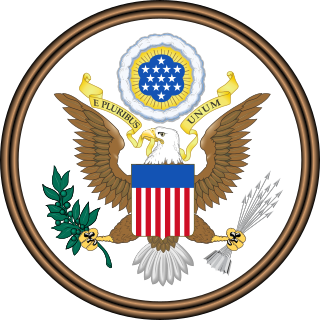 W
WThe United States Radiation Exposure Compensation Act (RECA) is a federal statute providing for the monetary compensation of people, including atomic veterans, who contracted cancer and a number of other specified diseases as a direct result of their exposure to atmospheric nuclear testing undertaken by the United States during the Cold War, or their exposure to radon gas and other radioactive isotopes while undertaking uranium mining, milling or the transportation of ore.
 W
WThe 1958 US–UK Mutual Defense Agreement, or UK–US Mutual Defence Agreement, is a bilateral treaty between the United States and the United Kingdom on nuclear weapons co-operation. The treaty's full name is Agreement between the Government of the United States of America and the Government of the United Kingdom of Great Britain and Northern Ireland for Cooperation on the uses of Atomic Energy for Mutual Defense Purposes. It allows the US and the UK to exchange nuclear materials, technology and information. The US has nuclear co-operation agreements with other countries, including France and other NATO countries, but this agreement is by far the most comprehensive. Because of the agreement's strategic value to Britain,, Harold Macmillan called it "the Great Prize".
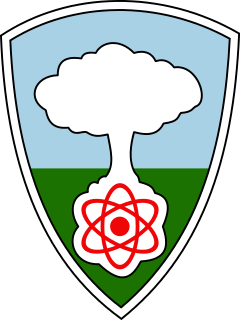 W
WThe Armed Forces Special Weapons Project (AFSWP) was a United States military agency responsible for those aspects of nuclear weapons remaining under military control after the Manhattan Project was succeeded by the Atomic Energy Commission on 1 January 1947. These responsibilities included the maintenance, storage, surveillance, security and handling of nuclear weapons, as well as supporting nuclear testing. The AFSWP was a joint organization, staffed by the United States Army, United States Navy and United States Air Force; its chief was supported by deputies from the other two services. Major General Leslie R. Groves, the former head of the Manhattan Project, was its first chief.
 W
WThe United States Department of Energy National Laboratories and Technology Centers are a system of facilities and laboratories overseen by the United States Department of Energy (DOE) for the purpose of advancing science and technology to fulfill the DOE mission. Sixteen of the seventeen DOE national laboratories are federally funded research and development centers administered, managed, operated and staffed by private-sector organizations under management and operating (M&O) contract with DOE.
 W
WThe Manhattan Project was a research and development undertaking during World War II that produced the first nuclear weapons. It was led by the United States with the support of the United Kingdom and Canada. From 1942 to 1946, the project was under the direction of Major General Leslie Groves of the U.S. Army Corps of Engineers. Nuclear physicist Robert Oppenheimer was the director of the Los Alamos Laboratory that designed the actual bombs. As engineer districts by convention carried the name of the city where they were located, the Army component of the project was designated the Manhattan District; Manhattan gradually superseded the official codename, Development of Substitute Materials, for the entire project. Along the way, the project absorbed its earlier British counterpart, Tube Alloys. The Manhattan Project began modestly in 1939, but grew to employ more than 130,000 people and cost nearly US$2 billion. Over 90 percent of the cost was for building factories and to produce fissile material, with less than 10 percent for development and production of the weapons. Research and production took place at more than thirty sites across the United States, the United Kingdom, and Canada.
 W
WMissile defense is a system, weapon, or technology involved in the detection, tracking, interception, and destruction of attacking missiles. Originally conceived as a defense against nuclear-armed intercontinental ballistic missiles (ICBMs), its application has broadened to include shorter-ranged non-nuclear tactical and theater missiles.
 W
WNuclear labor issues exist within the international nuclear power industry and the nuclear weapons production sector worldwide, impacting upon the lives and health of laborers, itinerant workers and their families.
 W
WOperation Power Flite was a United States Air Force mission in which three Boeing B-52 Stratofortresses became the first jet aircraft to circle the world nonstop, when they made the journey in January 1957 in 45 hours and 19 minutes, using in-flight refueling to stay aloft. The mission was intended to demonstrate that the United States had the ability to drop a hydrogen bomb anywhere in the world.
 W
WProject A119, also known as A Study of Lunar Research Flights, was a top-secret plan developed in 1958 by the United States Air Force. The aim of the project was to detonate a nuclear bomb on the Moon, which would help in answering some of the mysteries in planetary astronomy and astrogeology. If the explosive device detonated on the surface, not in a lunar crater, the flash of explosive light would have been faintly visible to people on Earth with their naked eye, a show of force resulting in a possible boosting of domestic morale in the capabilities of the United States, a boost that was needed after the Soviet Union took an early lead in the Space Race and was also working on a similar project.
 W
WProject E was a joint project between the United States and the United Kingdom during the Cold War to provide nuclear weapons to the Royal Air Force (RAF) until sufficient British nuclear weapons became available. It was subsequently expanded to provide similar arrangements for the British Army of the Rhine. A maritime version of Project E known as Project N provided nuclear depth bombs used by the RAF Coastal Command.
 W
WProject Excalibur was a Lawrence Livermore National Laboratory (LLNL) Cold War-era research program to develop an X-ray laser as a ballistic missile defense (BMD) for the United States. The concept involved packing large numbers of expendable X-ray lasers around a nuclear device. When the device detonated, the X-rays released by the bomb would be focused by the lasers, each of which would be aimed at a target missile. When detonated in space, the lack of atmosphere to block the X-rays allowed attacks on missiles thousands of kilometers away.
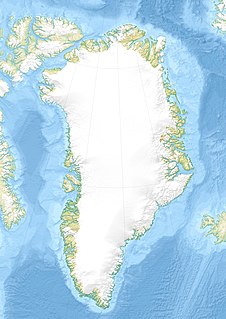 W
WProject Iceworm was a top secret United States Army program of the Cold War, which aimed to build a network of mobile nuclear missile launch sites under the Greenland ice sheet. The ultimate objective of placing medium-range missiles under the ice — close enough to strike targets within the Soviet Union — was kept secret from the Government of Denmark. To study the feasibility of working under the ice, a highly publicized "cover" project, known as Camp Century, was launched in 1960. Unstable ice conditions within the ice sheet caused the project to be canceled in 1966.
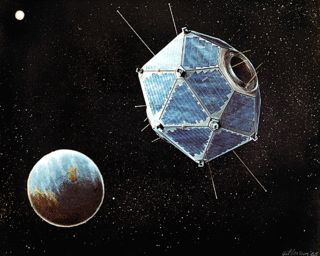 W
WProject Vela was a project undertaken by the United States Department of Defense to develop and implement methods to monitor compliance with the 1963 Partial Test Ban Treaty. This treaty banned the testing of nuclear weapons in the atmosphere, in outer space, and underwater, effectively meaning nuclear tests were only to be permitted underground.
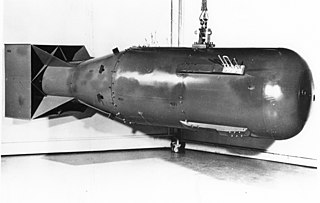 W
WThe renovation of the nuclear weapon arsenal of the United States is the modernization, refurbishment and rebuilding of the nuclear arsenal of the United States of America.
 W
WA Safeguards Transporter (SGT) is a truck developed for and used by the National Nuclear Security Administration (NNSA), a semi-autonomous affiliate agency of the United States Department of Energy, for the ground transport of nuclear weapons in the contiguous United States. SGTs' trailers are known as Safe Secure Trailers (SST).
 W
WUnited States nuclear weapons were stored secretly at bases throughout Japan following World War II. Secret agreements between the two governments allowed nuclear weapons to remain in Japan until 1972, to move through Japanese territory, and for the return of the weapons in time of emergency.